It’s a peculiar sensation to walk through an art exhibition one week, and be part of the same exhibition the following week. But that’s exactly what happened to Candida Baker when she was invited to a function at the Gallery of Modern Art in Brisbane.
I love Southbank. I’ve said it before and no doubt I’ll say it again. As a farm-bound Northern Rivers resident there’s nothing quite like kicking off the gumboots, putting on some glad rags, and drinking a latte or two by the river to make you feel like a citizen of the world, rather than of just the Byron Bay Bubble.
Last month a friend of mine and I took our dance-mad daughters up to the Queensland Performing Arts Centre to see Swan Lake performed by the American Ballet Theatre, who were visiting Australia for the first time, and it was an absolute joy to watch the evening unfold through their eyes. But for me no visit to Brisbane is complete without a visit to GOMA so the next day we took ourselves off to see the latest exhibition, ‘Harvest’, sponsored by the Australian mining company, Pan Aust. The exhibition, curated by Ellie Buttrose, is sourced from works in the gallery’s permanent collection – and it covers a lot of ground, from an early still life (1650) by Alexander Coosemans to Thai artist Rirkrit Tirvanija’s Untitled (lunch box) 2009, a twice-weekly Thai lunch four visitors who are randomly chosen by gallery staff, are invited to sample.
It was this last which most fascinated our girls. “Imagine,” whispered my daughter to me, “having to be an ‘artwork’ and eat in front of strangers.”
Indeed.
But there I was exactly one week later in the company of QAGOMA Director Chris Saines (the acronym standing for the rather lengthy Queensland Art Gallery Of Modern Art), managing director of Pan Aust, Gary Stafford, art critic John McDonald, the ABC’s Carmel Robertson and Anthony Marx from The Courier Mail, taking part in the lunch box, while somewhat bemused gallery visitors wandered past us. Fortunately, for someone not exactly accustomed to ‘being an artwork’, I was facing the wall, and so I had a certain amount of protection from curious glances of the passers-by, but it was an interesting feeling nevertheless, and it certainly made me think, as we dug into our lunch of paw-paw salad, chicken curry, rice and kebabs, about both the public and private nature of eating.
Harvest is designed to do exactly that – to prompt us into a discussion about food production, distribution and consumption. It’s fascinating, for instance, to see the continued attraction over the centuries of still lives to artists with the Coosemans in the same room as the massive Still life: Coconut and other things (2009) created as part of a workshop for Kids’ APT6 by Shirana Shahbazi, and painted by Iranian billboard artist Sirous Shaghaghi.
If there is a commonality between the still lives though, this is still very much a contemporary exhibition with occasional overtones of a sci-fi future with works such as Argentinian artist Tomas Saraceno’s massive Biospheres which fills the cavernous gallery hall. Biospheres around the world have been created to contribute to the conservation of landscapes, ecosystems and various species, and Saraceno’s clear suspended spheres hint at an unseen future of life in other places and food perhaps having to be grown in protected environments.
What I enjoyed – despite the slightly erratic quality of the exhibition – was the breadth and depth of the works. A series of posters from the 1980’s included one, Eat Good Food, by local Lismore artist Leonie Lane, a 1987 screenprint that might have been created to a ‘harvest’ brief, its contents reflected so much of the subject matter of the exhibition in one piece. Tracey Moffatt’s Pineapple Cannery 1978, is an extraordinary work – almost a colour assault on the senses with its fluoro blues, greens, yellow and oranges, and the carefully placed peeled and somehow vulnerably naked pineapples ready for their slicing and dicing.
Talking of colour, I was also lucky enough to be taken to the old Government House, which lies nestled in the grounds of the Queensland University of Technology, and which these days is devoted solely to Queensland artist William Robinson, where I met the curator of the gallery, Vanessa Van Ooyen. Robinson, who will be 80 in a couple of years, seems to be spreading his colour-wings with untrammelled joy – I experienced an almost vertiginous desire to fall into his paintings and be embraced by the rich and vivid landscapes. As an aside to that, for the next month Philip Bacon Galleries has an exhibition by Nicholas Harding, whose sensuous use of oils causes the imagined scent of his still lives and landscape flora to outweigh the still present smell of wet paint. Personally I would rate Harding as one of Australia’s foremost artists – an outstanding draftsman, his paintings have gone from strength to strength, and if you happen to be travelling north, I can thoroughly recommend a visit to Harding’s exhibition. Not only but also, a short walk around the corner I just managed to catch the last day of the Hill End artists exhibition at the Jan Murphy gallery, with Guy Maestri, Robert Malherbe and Luke Sciberras almost jumping off the wall with colour and movement. (Murphy’s next exhibition is local artist James Guppy, by the way, whose How Sweet is the Shepherd’s Sweet Lot opens next week and is open throughout September.)
The next day I wended my way home, satiated both with food at a gallery dinner created by executive chef Josue Lopez, and with art as food – not to mention art as food for thought, and you can’t ask for more than that.
Pan Aust is an Australian mining company with interests in Laos, Chilli and now PNG. The company received the 2013 Sustainability Leadership Award at the Asia Mining Congress. In 2013 Candida Baker travelled to Laos as a guest of Pan Aust to attend the opening of Peter Churcher’s exhibition of the local villages and mine sites.

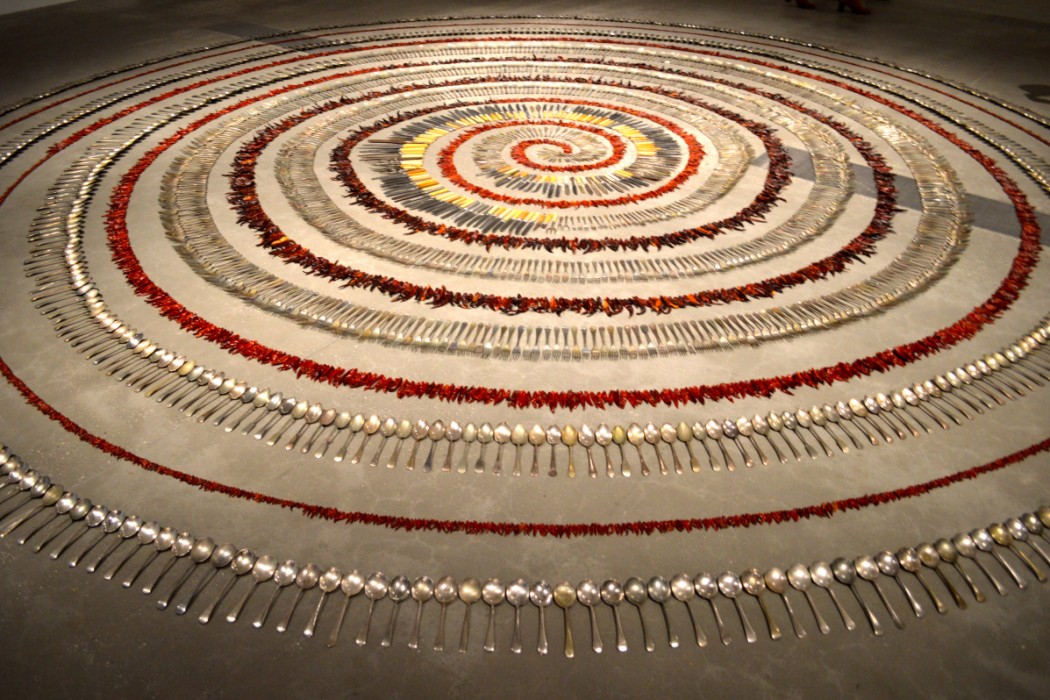
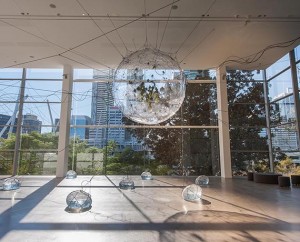
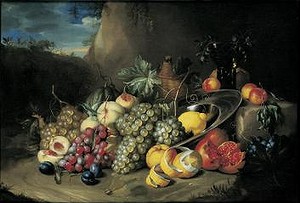
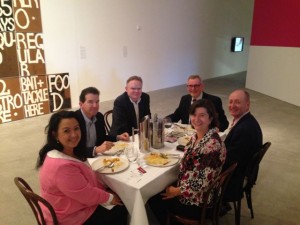

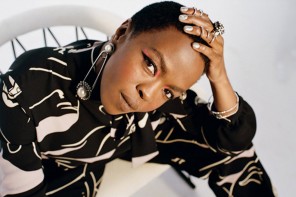
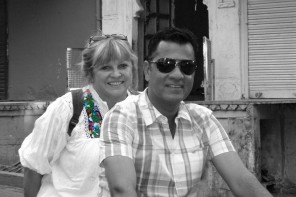
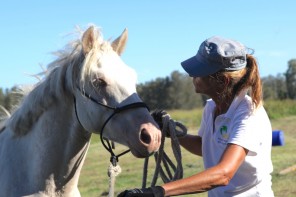
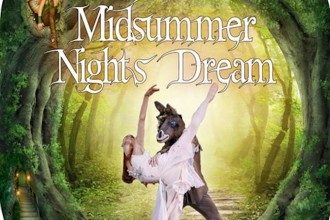
Hi Candy,
I love how art reflects and inspires art making of any kind and have no doubt that your visit to GOMA will continue to flow through in your work as it has in this article.I also wanted to congratulate you on this beautiful online magazine. There is plenty to read and enjoy even if you are not living in or around Byron.
Thanks,
Kerry.
Thanks Kerry, I’m glad you’re enjoying it! We’re growing all the time…